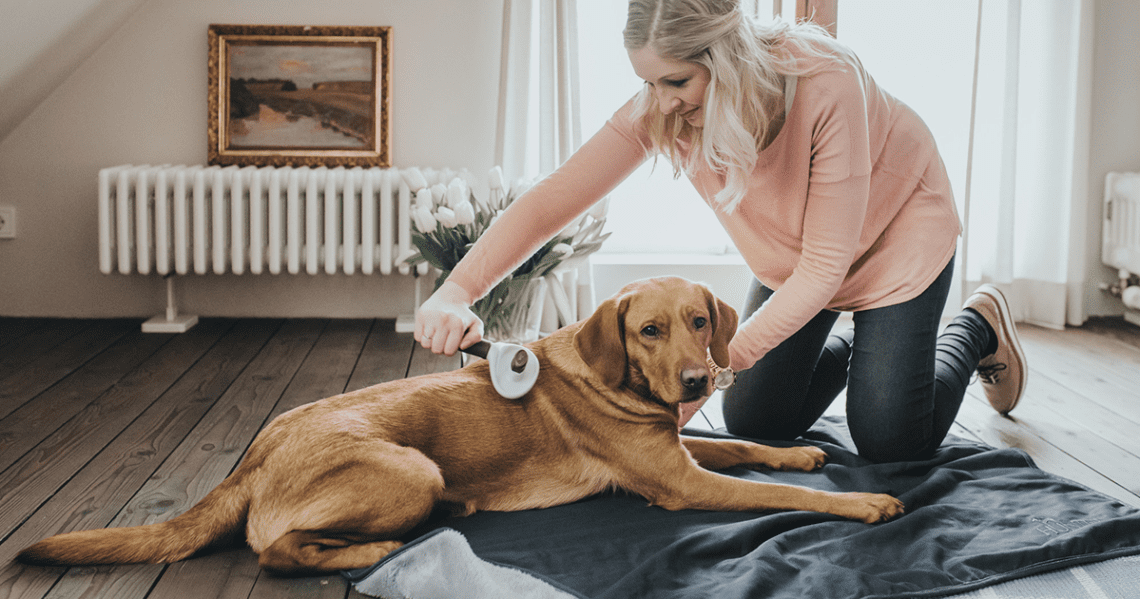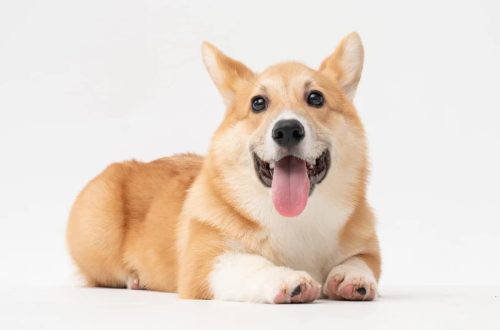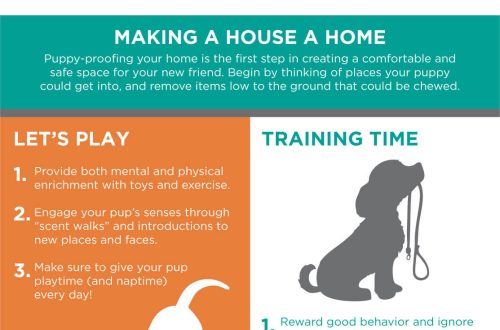
Rules for the care of long-haired dogs
To keep your dog’s coat clean and healthy, it needs to be carefully groomed. This is especially true of long-haired breeds, which are not only charming and cute, but also prone to various diseases due to poor hygiene. Hair care saves the dog from dust, dirt, skin irritation. Long hair is often dirty, tangled and tangled. Therefore, regular brushing and grooming will keep your pet happy, active and healthy.
What popular dog breeds are longhaired?
Long-haired breeds are distinguished by thick long hair and a dense undercoat. These include the Caucasian Shepherd Dog, Tibetan Mastiff, St. Bernard, Newfoundland, Bobtail, Tibetan Terrier, Cocker Spaniel, Afghan Hound, Poodle, Briard, Yorkshire Terrier, Pekingese, Pomeranian, Longhaired Dachshund, Chow Chow, Collie.
Main types of wool
Long-haired dogs differ from each other in the type of coat:
- The Yorkshire Terrier, the Silky Terrier, the American Cocker Spaniel, and the Shih Tzu have a silky coat.
- Curly coat belongs to French lapdogs, poodles, Kerry Blue Terriers. It is elastic, thick, soft, lies in curls. Such dogs need to be combed and cut in a special way.
- A coarser coat is seen in the English Cocker Spaniel. Its type depends on the color of the dog. The softest is white wool, followed by red or chocolate. Black is the toughest. One cocker spaniel can have three types of coat at the same time.
- Very hard wool can be found in Caucasians and Mountain Dogs. She does not need to be especially looked after, because she does not get wet, rarely shaggy and keeps her shape perfectly.
The shaggy coat tends to hang freely, lag behind the body and close the eyes of the dogs. Tibetan Terrier, Bobtail, Briard are typical representatives of this breed, which need to be combed properly.
The basic rules for caring for long-haired dogs that you need to know if you have a pet for the first time To care for long hair, you will need a comb, brush, slicker, a natural wood comb with long and sparse teeth, a metal comb. With a brush, you can fluff the outer hair. The comb combs out fluff and undercoat well, and the comb is designed to cut matted wool and tangles.
- Wool must be combed especially carefully in those places where it often falls off: behind the ears, under the armpits, under the tail. The longer the dog’s coat, the less often the bristles in the brush should be. For cutting ornamental breeds, you can buy a clipper or scissors.
- So that the animal does not hurt, start combing it from head to tail. Do this with a wide-toothed comb or wire brush. Pay attention to dead hair on the thighs, tail and back. Then comb the dog with a fine-toothed comb.
- If you find a lot of tangles on the belly or flanks, apply a little spray or cream (detangler) to these places and sort out the coat with a comb and fingers. Try to do this carefully, without tearing out shreds. Felled wool can be untangled with a thin knitting needle with a blunt end.
- Re-comb the entire cover with a soft brush. Do this in the direction of hair growth, and then smooth it.
- It is very important to clean the dog’s ears (spaniels are especially vulnerable), avoiding the use of cotton buds, and remove tangled hair with scissors or tweezers.
- Trim the hair on the paws near the pads. It often collects street dust and dirt, small pebbles can clog into it and cause pain to the animal when walking.
Long-haired pets should be brushed at least once a week. Dogs that frequently attend shows and competitions should undergo this procedure once every two days. For hair care, you will need a balm, oil, antistatic agent, anti-tangle agents – in a word, the whole arsenal that makes your pet beautiful.
To protect the coat from the negative influence of the environment, you can put caps on decorative dogs, tie ponytails, braid pigtails. Be extremely careful and careful when caring for your pet’s coat. Make it a pleasant ritual for him and for yourself. For the selection of suitable tools and the process of caring for a pet, it is better to consult a professional groomer.





